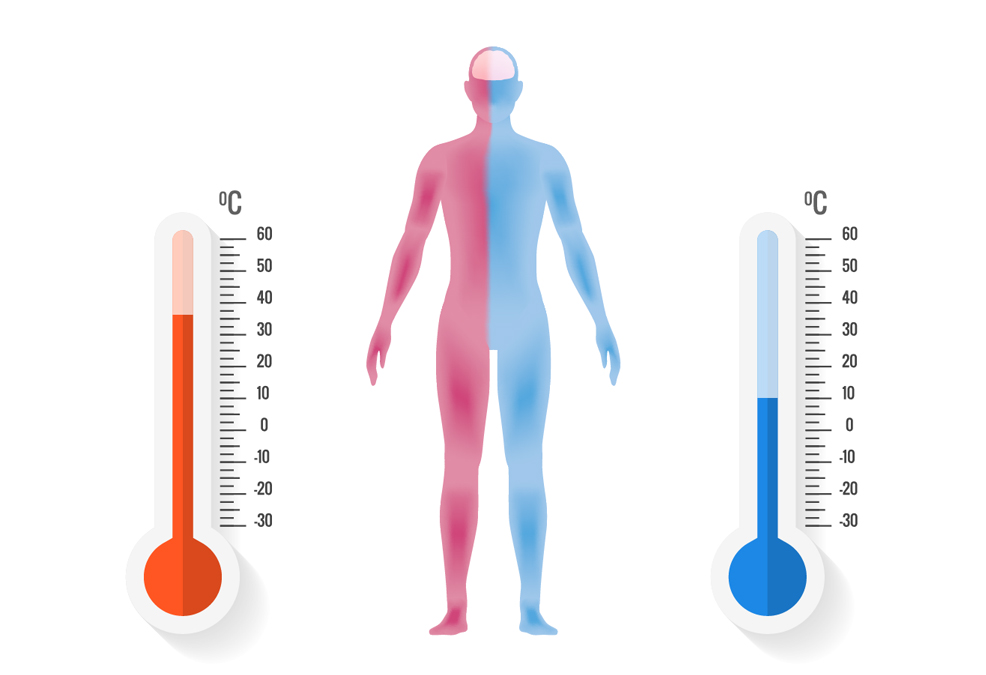
21st November 2019 Humans put in suspended animation for the first time It sounds like science fiction, but humans were recently put into a form of suspended animation for the first time. The new technique, revealed by the University of Maryland School of Medicine in Baltimore, is known as Emergency Preservation and Resuscitation (EPR) and could provide doctors with more time to save emergency patients with life-threatening injuries. The normal human body temperature is around 37°C (98.6°F). The dangerous condition known as hypothermia begins to set in at 35°C (95°F) and is the cause of at least 1,500 deaths a year in the United States. One of the lowest documented body temperatures from which someone with accidental hypothermia has survived is 13.0°C (55.4°F) when a 7-year-old girl nearly drowned in Sweden. The new EPR technique, however, cools the body to as low as 10°C (50°F). Trials are being conducted by the university on patients with acute trauma – such as a gunshot or stab wound. To be a candidate for the treatment, their heart must have stopped beating (cardiac arrest) and they must have lost more than half of their blood. The EPR method involves rapidly cooling the patient by replacing all their blood with ice-cold saline, which is pumped into the aorta. Brain activity almost completely stops. The patient is then disconnected from the cooling system and transferred to the operating theatre.
Normally, with injuries as serious as described earlier, doctors have only minutes to operate and the patient's survival chances are less than 5%. Being in a "suspended" state, however, means the window of opportunity for life-saving procedures can be extended for up to two hours. At least, that is what the researchers involved in these trials are hoping to achieve. The basic idea is to temporarily freeze brain activity and to shift the patient's physiology into a kind of slow-motion state, preventing the chemical reactions that would cause irreversible cell damage. If they can be saved in time, they are warmed back up to 37°C and resuscitated. While not as profound or impressive as revival from human cryopreservation, or cryonics for deep space travel, EPR has the potential to save many more lives in emergency rooms. Previous studies have already shown it can help injured pigs, which had acute trauma and were revived after being cooled for three hours. "We felt it was time to take it to our patients," explained Professor Samuel Tisherman, in an interview with New Scientist. "Now we are doing it and we are learning a lot as we move forward with the trial. Once we can prove it works here, we can expand the utility of this technique to help patients survive that otherwise would not." Professor Kevin Fong, a consultant anaesthetist at University College London hospital, commented on the research: "In emergency medicine, we're always trying to blur the line between life and certain death – to create something that looks like hope where none previously existed. If EPR works, it'll be a game-changer." The trial will record the outcomes of 20 men and women, comparing those who receive standard emergency care, versus those who have EPR. It runs until December 2019, with full results due for publication in late 2020.
Comments »
If you enjoyed this article, please consider sharing it:
|







